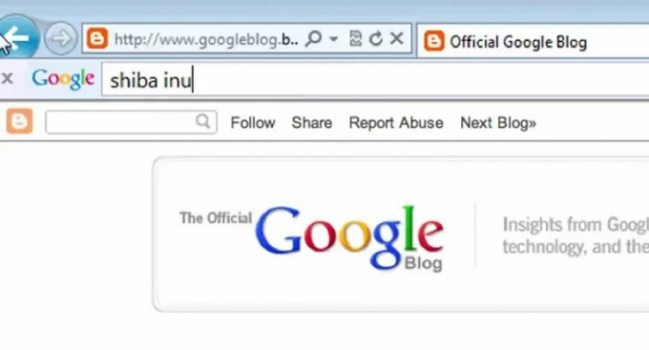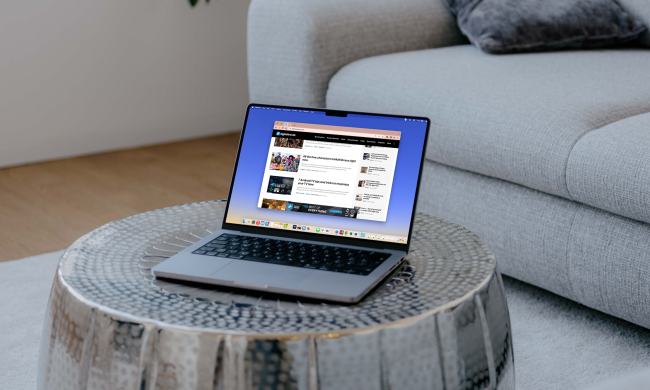
Google announced today the release of Google Toolbar 7, which brings Google Instant and other features to Microsoft’s Internet Explorer.
Mimicking the functionality found in the Google’s Chrome browser (or simple ol’ Google.com), Toolbar 7 allows for Instant search results to appear when queries are typed into the Google Toolbar. This feature works with both IE8 and the new IE9. To enable Instant search, Internet Explorer users must click the “Enable Instant” choice in the Toolbar Options menu.
Google has also cleaned up Toolbar’s look by instantly hiding any toolbar button that hasn’t been used in a while under the “More” menu button. If, however, other Toolbar functionalities, like the “Share” or “Translate features, become more heavily used, Toolbar 7 automatically updates to show those buttons on the toolbar for easy access.
For privacy sticklers, Google assures that “[t]his personalization is stored only on your computer, so no information is sent to Google unless your usage statistics are enabled,” according to a post on the official Google blog. The company stipulates, however, that other features, like PageRank and spell check “require sharing some information with Google in order to function properly.” But fear not — “[f]rom a single settings menu, you can decide which of these features you’d like to enable and which ones you’d like to stay off,” says Google.
Other Toolbar 7 features include Quick Scroll, which suggest to users which part of the page is most relevant to their search; full-page and word-for-word auto-translation; word highlighting and pop-up blocking.
Toolbar 7 seems to merely better fulfill Microsoft’s apparent goal to make IE9 as much like Chrome as possible, as the features above include most of what most people like about Chrome (aside from its renowned speed benefits). To be fair, however, almost every new browser copies off of Chrome — and for good reason: It’s the coolest kid on the browser block.
Check out our comparison of IE9 vs. Chrome 10 and Firefox 4 here.

